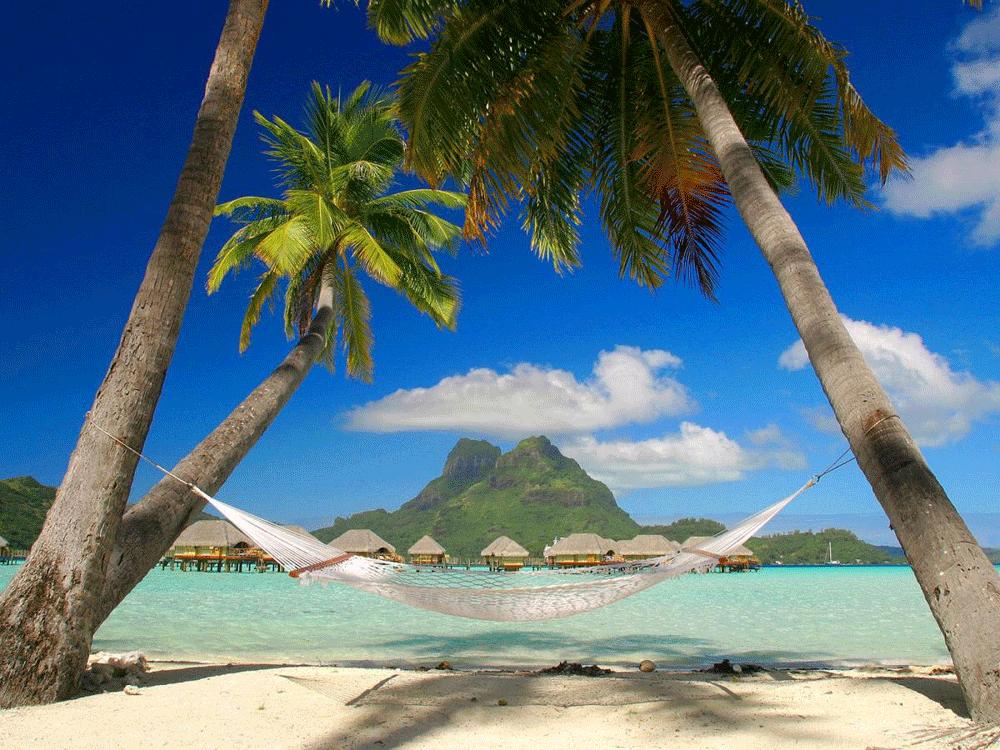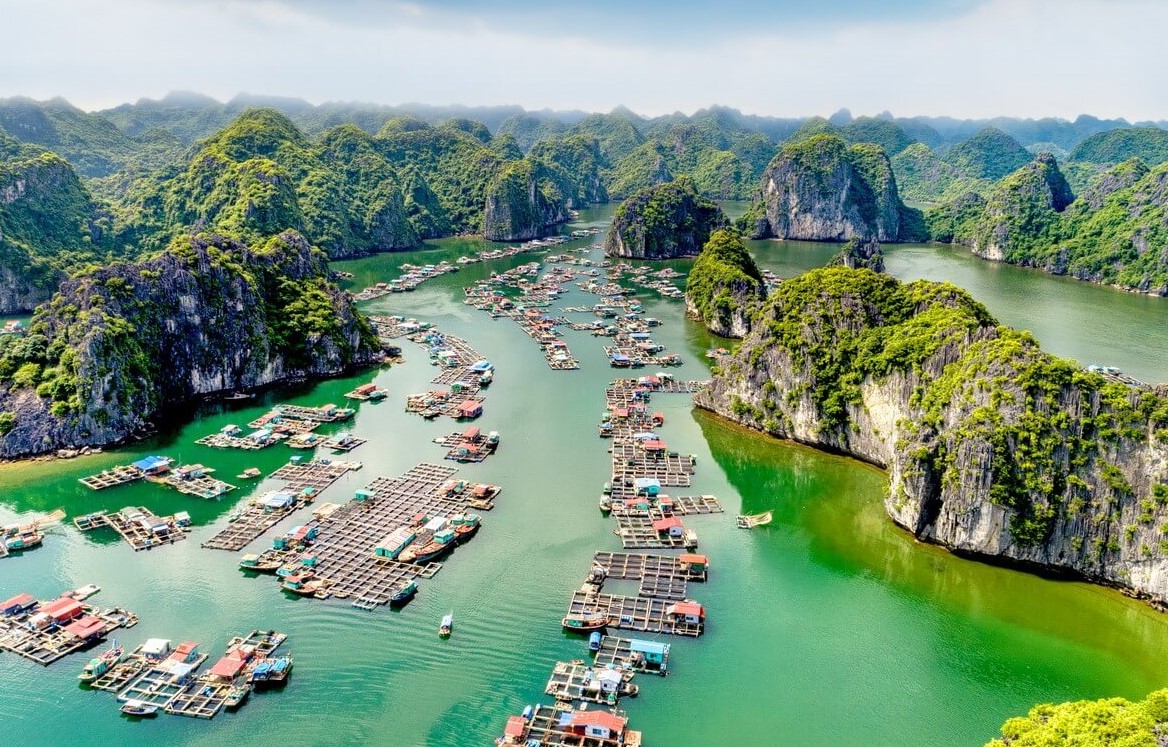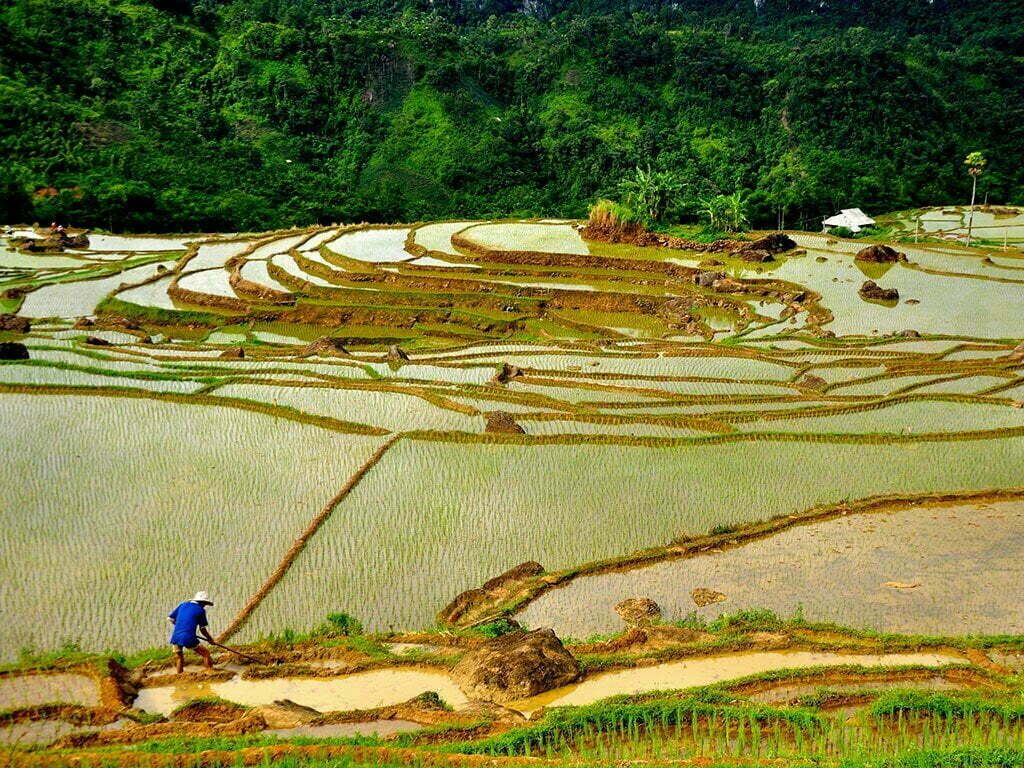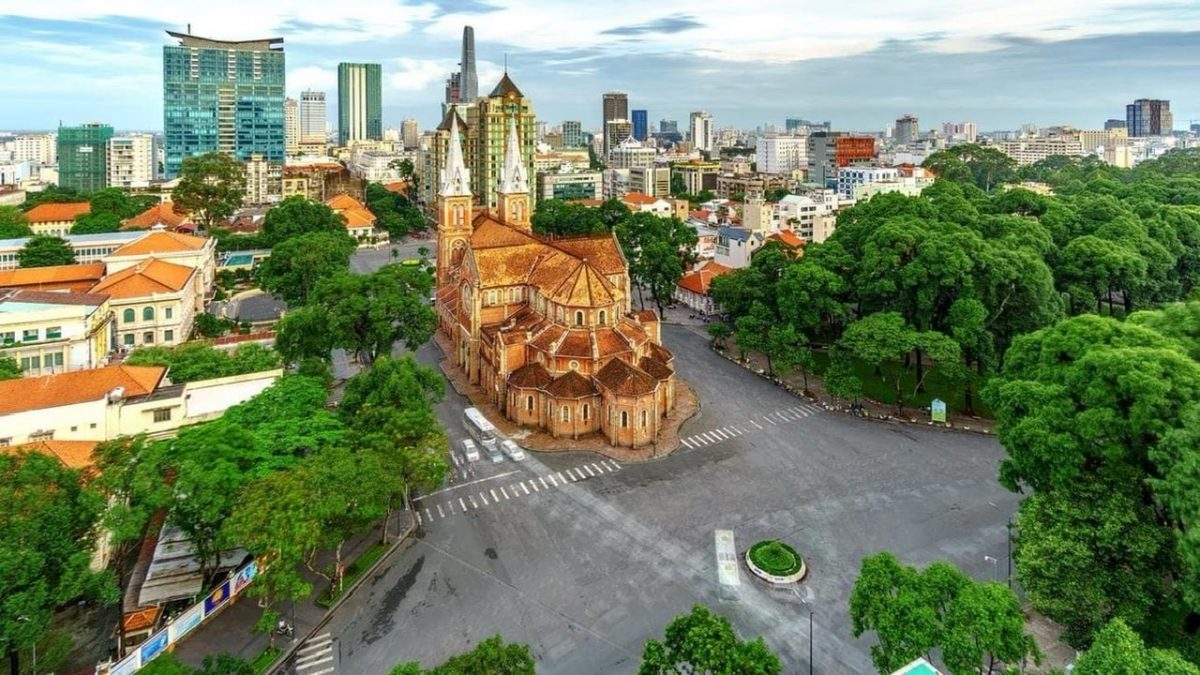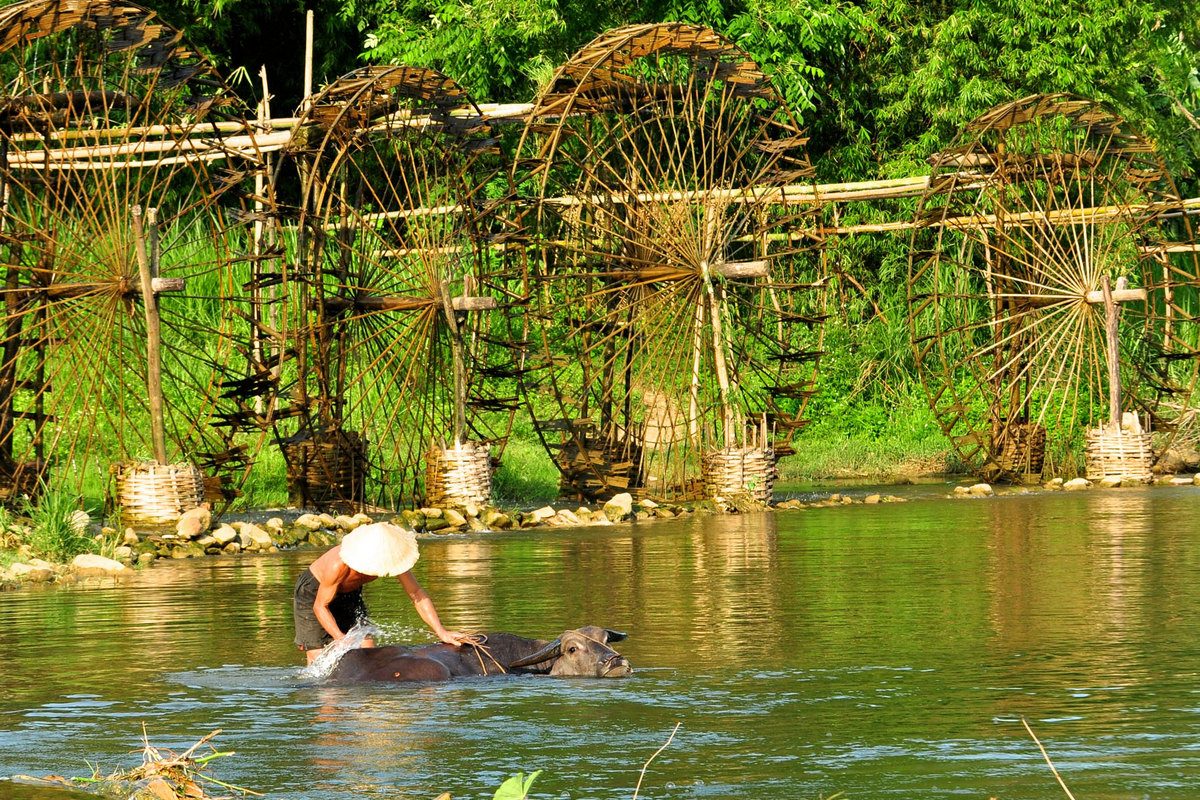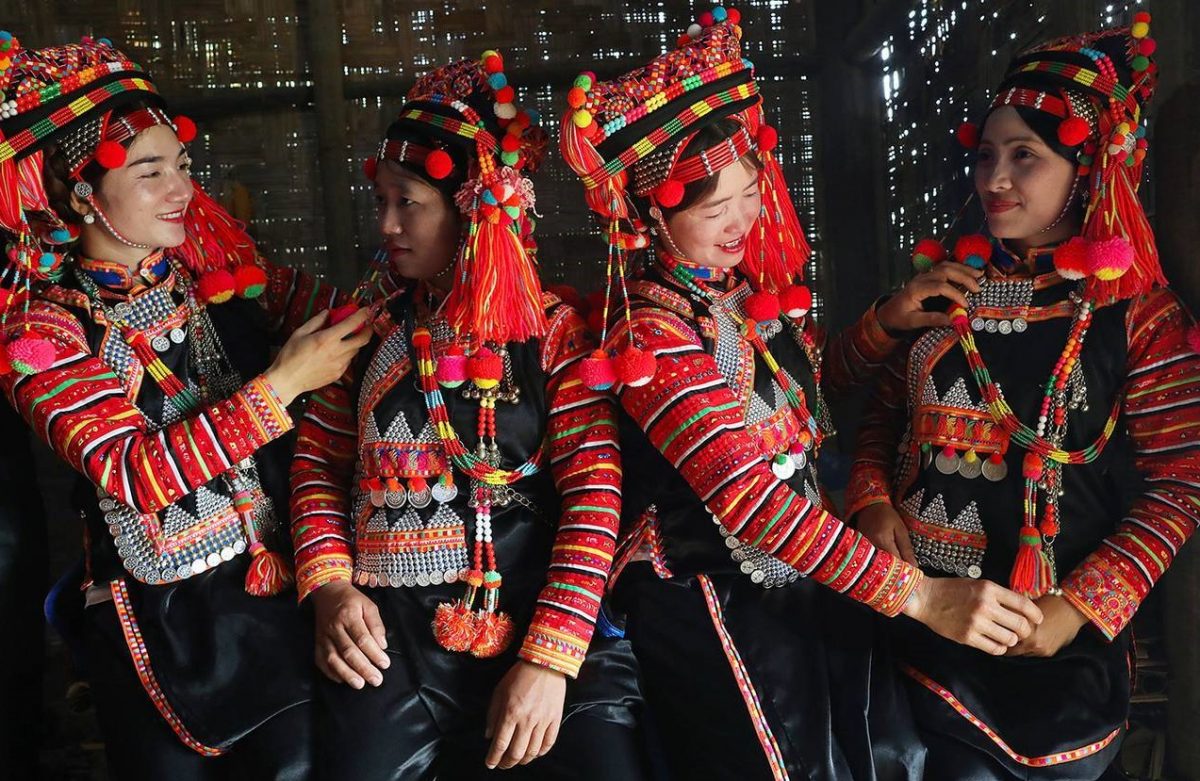Top 10 places you should not miss in Vietnam
08/09/2018Vietnam is a dynamic country in Southeast Asia where traditions are thousands of years. The Time Journeys offer you the vast knowledge and expertise in Vietnam. From the untamed mountain terrain in the north to the vast emerald rice fields in the south. Include in your journey a visit to many UNESCO World Heritage sites such as incredible Halong Bay on cruise, Trang An, Phong Nha & Ke Bang National Park, Hue, and Hoi An and uncover the mysteries of the Mekong Delta in the South. Or experience the rice terraces in Sapa or Mai Chau. Soak up the sun and exploring below the sea in Nha Trang and Phu Quoc island. These are the top 10 places you should not miss in Vietnam.
1) Hanoi
Hanoi is the capital of Vietnam and the country’s second largest city by population. And located on the banks of the Red River, is one of the most ancient capitals in the world, where travellers can find well-preserved colonial buildings, ancient pagodas, and unique museums within the city centre. A great place to explore on foot, this French-colonial city is also known for its delectable cuisine, vibrant nightlife, silks and handicrafts.
The old town quarter has plenty of dilapidated charm on offer, while history fans should make a beeline here simply to see the bundle of excellent museums. The Vietnam Museum of Ethnology, Vietnam Fine Art Museum, Hoa Lo Prison are brilliant introductions to the diverse artistry of the country to discovery.
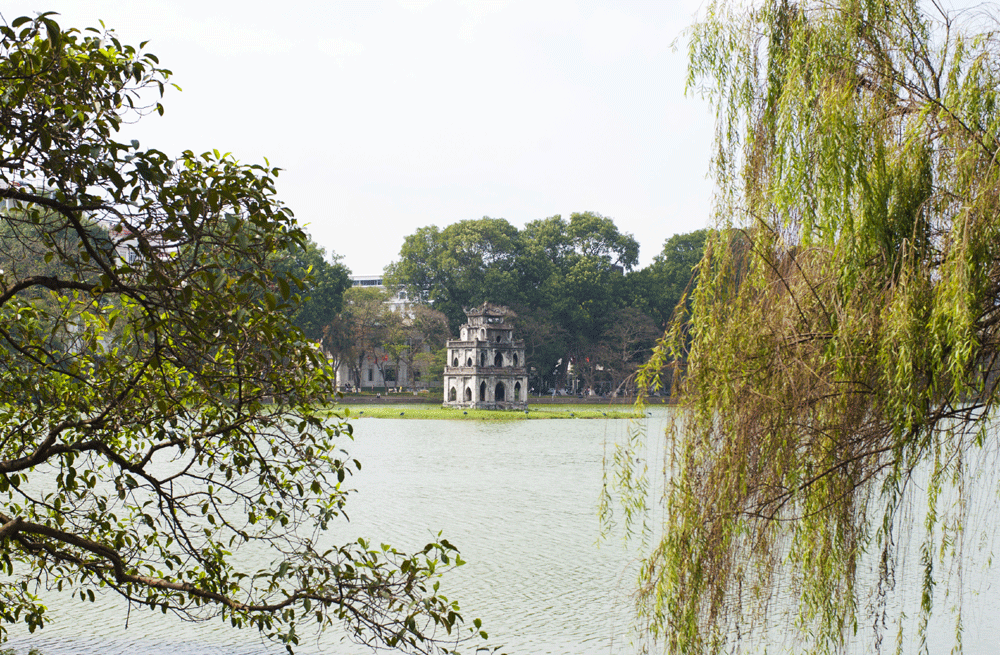
2) Halong Bay – WORLD HERITAGE
Ha Long Bay, in the Gulf of Tonkin, includes some 1,600 islands and islets, forming a spectacular seascape of limestone pillars. Because of their precipitous nature, most of the islands are uninhabited and unaffected by a human presence. The site’s outstanding scenic beauty is complemented by its great biological interest.
Halong Bay is a beautiful natural wonder in Quang Ninh Province, in the northeast of Vietnam, near the Chinese border and 165 km from the capital of Hanoi. Covering area of 43,400 and including over 1600 island and islets. For many tourists, this place is like something right out of a movie. The fact is that Halong Bay features a wide range of biodiversity, while the surrealistic scenery has indeed featured in endless movies. The best way to get to Halong City is by car, minibus or bus from Hanoi which is only 170km away. If budget is not a problem, an hour-long helicopter transfer is also available.
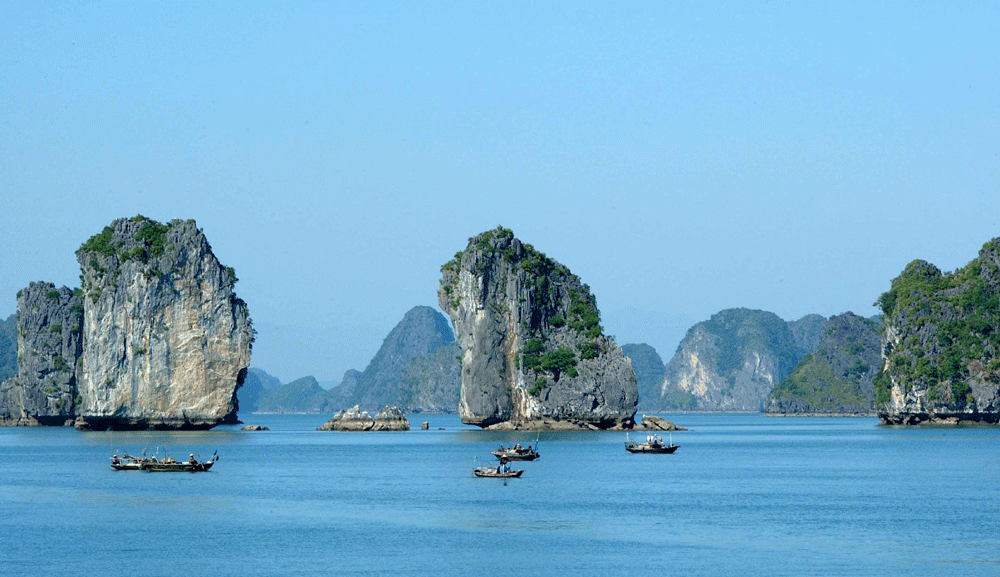
3) Sapa
Sapa or Chapa, is a frontier township and capital of Sa Pa District in Lào Cai Province in north-west Vietnam. It is one of the main market towns in the area, where several ethnic minority groups such as Hmong, Dao (Yao), Giáy, Pho Lu, and Tay live.
Sa Pa is a frontier township and capital of Sa Pa District in Lào Cai Province in north-west Vietnam. It was first inhabited by people we know nothing about. They left in the entire valley hundreds of petroglyphs, mostly composed of lines, which experts think date from the 15th century and represent local cadastres. Then came the highland minorities of the Hmong and Yao. The township is one of the main market ones in the area, where several ethnic minority groups such as Hmong, Dao (Yao), Giáy, Pho Lu, and Tày live. These are the four main minority groups still present in Sa Pa district today. The Kinh (lowland Vietnamese) never originally colonised this highest of Việt Nam’s valleys, which lies in the shadow of Phan-Xi-Pǎng (Fansipan, 3143 m), the highest peak in the country.
The deep valleys here are home to a diverse mix of the country’s ethnic minorities including the Hmong, Giay, and Red Dzao people while the rippling hills are terraced with rice fields and overlooked by the country’s tallest peak, Fansipan Mountain. This is the top trekking destination in Vietnam, with oodles of options to trek or day hike between tiny villages and experience the staggering mountain views.
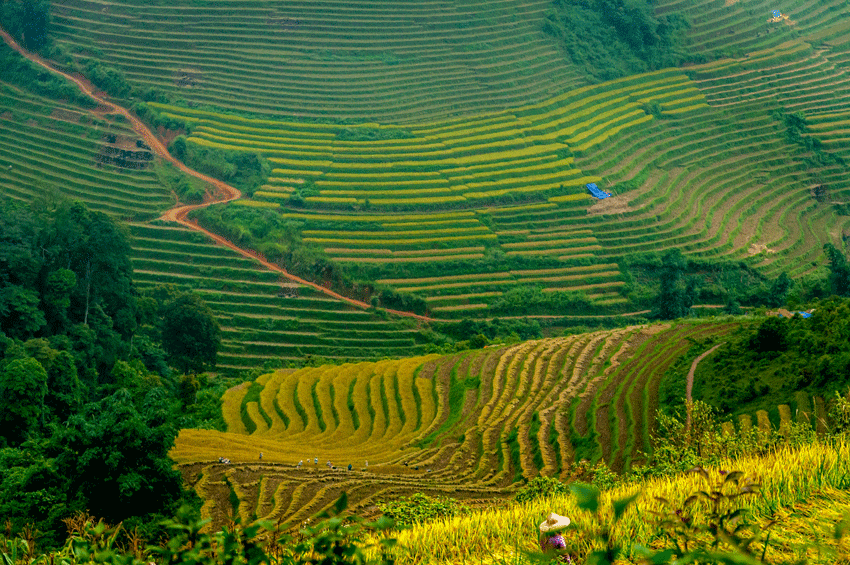
4) Trang An Landscape Complex
Situated near the southern margin of the Red River Delta, the Trang An Landscape Complex is a spectacular landscape of limestone karst peaks permeated with valleys, many of them partly submerged and surrounded by steep, almost vertical cliffs. Exploration of caves at different altitudes has revealed archaeological traces of human activity over a continuous period of more than 30,000 years. They illustrate the occupation of these mountains by seasonal hunter-gatherers and how they adapted to major climatic and environmental changes, especially the repeated inundation of the landscape by the sea after the last ice age. The story of human occupation continues through the Neolithic and Bronze Ages to the historical era. Hoa Lu, the ancient capital of Viet Nam, was strategically established here in the 10th and 11th centuries AD. The property also contains temples, pagodas, paddy-fields and small villages.
Trang An is known not only as a scenic destination but also as a sacred place for Buddhists. Bai Dinh is a complex of pagodas in Vietnam the largest and one of the most important centers of Buddhism in the country and also the South-East Asia. It includes the ancient Bai Dinh pagoda and Bai Dinh Pagoda where new records are set as 12: the bronze bell of 36 tons, the statue of Buddha of 100 tons
Trang An Scenic Landscape Complex is a very unique example of human history, not only for Viet Nam but also for the region. It has a combination of both natural and cultural values.
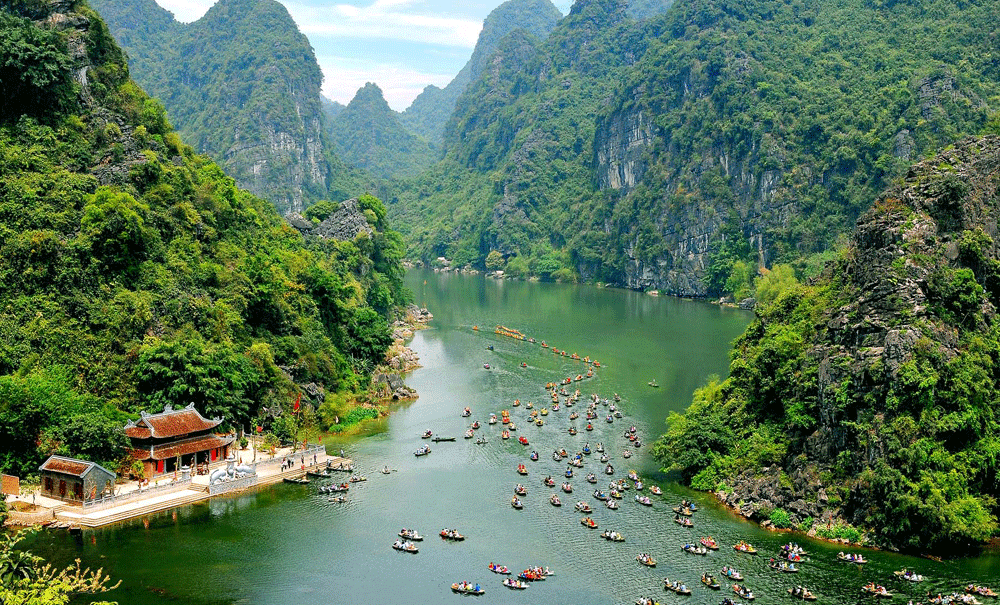
5) Complex of Hué Monuments
Established as the capital of unified Viet Nam in 1802, Hué was not only the political but also the cultural and religious centre under the Nguyen dynasty until 1945. The Perfume River winds its way through the Capital City, the Imperial City, the Forbidden Purple City and the Inner City, giving this unique feudal capital a setting of great natural beauty. The city was also the battleground for the Battle of Huế, which was one of the longest and bloodiest battles of the Vietnam War.
One of the nicest ways of visiting a collection of outlying sites is by taking a riverboat cruise on the Perfume River. A day cruise can take you to visit several royal tombs along with some pagodas. If you’re short on time, the best tomb to visit is the Tomb of Tu Doc and the most important pagoda in the area is the Thien Mu Pagoda, with its tower that soars for 21 meters high.
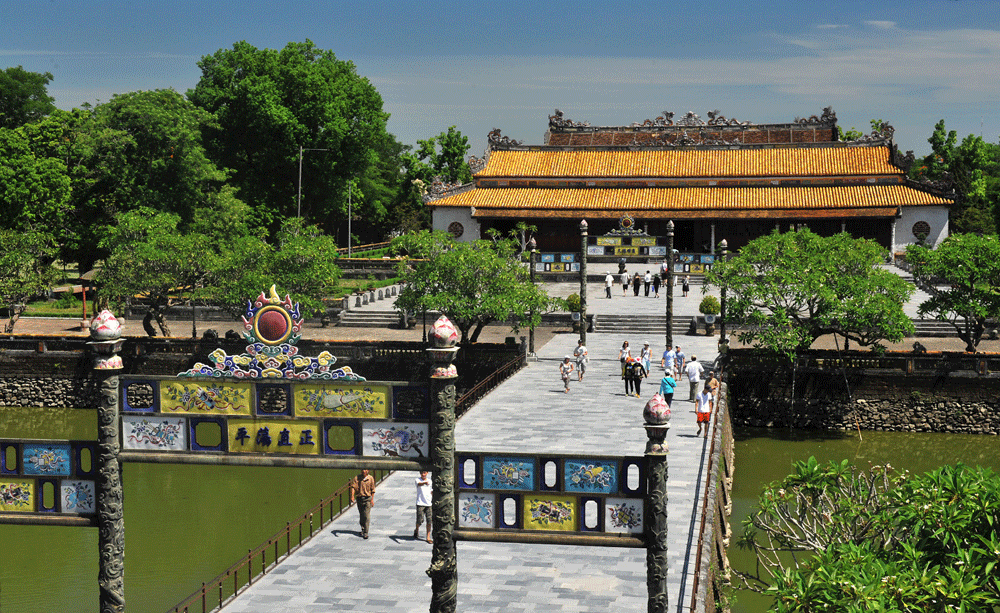
6) Hoi An Ancient Town – WORLD HERITAGE
Hoi An Ancient Town is an exceptionally well-preserved example of a South-East Asian trading port dating from the 15th to the 19th century. Its buildings and its street plan reflect the influences, both indigenous and foreign, that have combined to produce this unique heritage site.
Hoi An Ancient town is located in Viet Nam’s central Quang Nam Province, on the north bank near the mouth of the Thu Bon River. The old town quarter is a joy to explore, packed to the brim with well-preserved merchant houses that hark back to Hoi An’s trading center heyday of the 15th century, when the town was a major meeting point for Japanese and Chinese merchants who flocked here for the local silks. Plenty of the old merchant houses have been opened to the public, so you can get a taste of these times. The best is 17th-century Tan Ky House, with fascinating architectural and decorative elements.
Hoi An’s major symbol is the delightful Japanese Bridge at the western end of Tran Phu Street, while nearby, the Assembly Hall of the Fujian Chinese Congregation is the old town’s most highly decorated temple. There are numerous small pagodas and museums dotted about town, but Hoi An’s true charm is found in simply rambling the old town streets admiring the well-preserved facades.
In the future, it is an aim to link the Hoi An Ancient Town with the adjacent UNESCO Cu Lao Cham Biosphere Reserve and to build Hoi An into a community integrating ecology, culture and tourism.
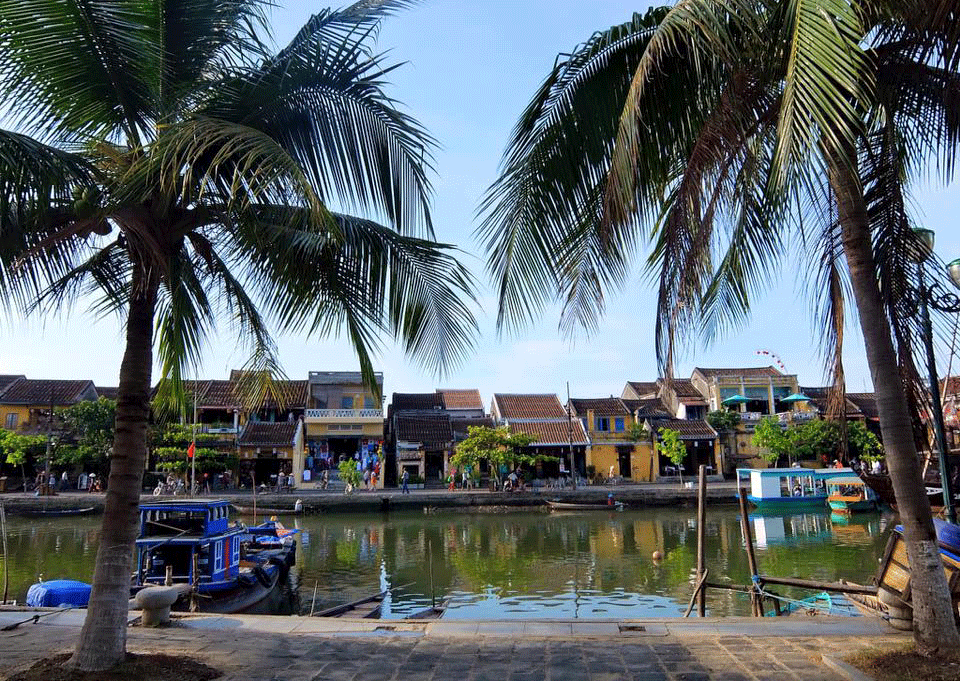
7) Ho Chi Minh City (Saigon)
Ho Chi Minh City formerly French: Hô-Chi-Minh-Ville, also known by its former name of Saigon (Vietnamese: Sài Gòn), is the largest city in Vietnam by population. is the business and financial hub of Vietnam, with a prominent history going back hundreds of years. The Khmers originally settled the region, with the Vietnamese taking over in the 17th century. The French conquered Saigon, as it was then known, in 1859, and made it the capital of Cochin China in 1862, which resulted in numerous elegant architecture and broad boulevards that are still present to this day. At the peak of the Vietnam War in 1969, the city had 4.5 million inhabitants who were all evacuated when Saigon and the rest of the South fell to North Vietnam in 1975
No visit to Vietnam is really complete without a visit to Ho Chi Minh City, the buzzing and crazy commercial hub of the country. The streets are an insane clog of motorbikes and cars, the restaurant and cafe scene is incredibly cosmopolitan, and the shopping is the best you’ll find in the country.
Here, you’ll find the HCMC Museum, with a brilliant collection of artefacts that weaves together the story of the city, and the grand Notre Dame Cathedral, built in the late 19th century. Check out the old district of Da Kao nearby for some of the best surviving examples of the city’s French colonial architecture and also to visit the Jade Emperor Pagoda with its dazzling array of Buddhist and Taoist religious iconography. Afterwards, the History Museum is a must-do for history fans with stacks of relics on display from various archaeological sites.
For many visitors, the two big hitter attractions not to miss are just a little out of the center, along Nguyen Thi Minh Khai Street. The Reunification Palace, then known as Independence Palace, was the residence for South Vietnam’s president. It’s chiefly famous as the spot where North Vietnam’s tanks stopped on 30 April 1975, officially ending the war. It’s a completely fascinating place to visit complete with 1960s furnishings still in situ. Nearby is the War Remnants Museum, which although very obviously biased, paints a disturbing picture of the brutality of war and the many atrocities committed by US Forces during their Vietnam campaign.
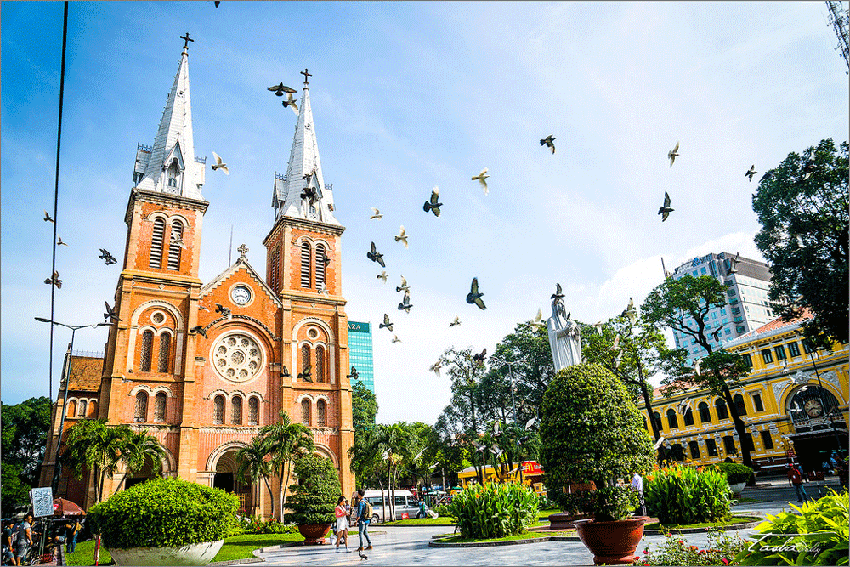
8) Mekong Delta
The Mekong Delta (Vietnamese: Đồng bằng Sông Cửu Long, “Nine Dragon river delta” or simply Vietnamese: Đồng Bằng Sông Mê Kông, “Mekong river delta”), also known as the Western Region (Vietnamese: Miền Tây) or the South-western region (Vietnamese: Tây Nam Bộ) is the region in southwestern Vietnam where the Mekong River approaches and empties into the sea through a network of distributaries. The Mekong delta region encompasses a large portion of southwestern Vietnam of over 40,500 square kilometres.
The ‘rice bowl’ of Vietnam, the delta is carpeted in a dizzying variety of greens. It’s a water world that moves to the rhythms of the mighty Mekong. Here you will find Incredibly lush, with paddy field vistas and mangroves, and full of local life, with chaotic floating markets to explore by boat, the delta is one of the most interesting regions for travelers to discover. Can Tho is the most popular town to use as a base as it’s close to the floating markets of Phong Dien and Cai Rang.
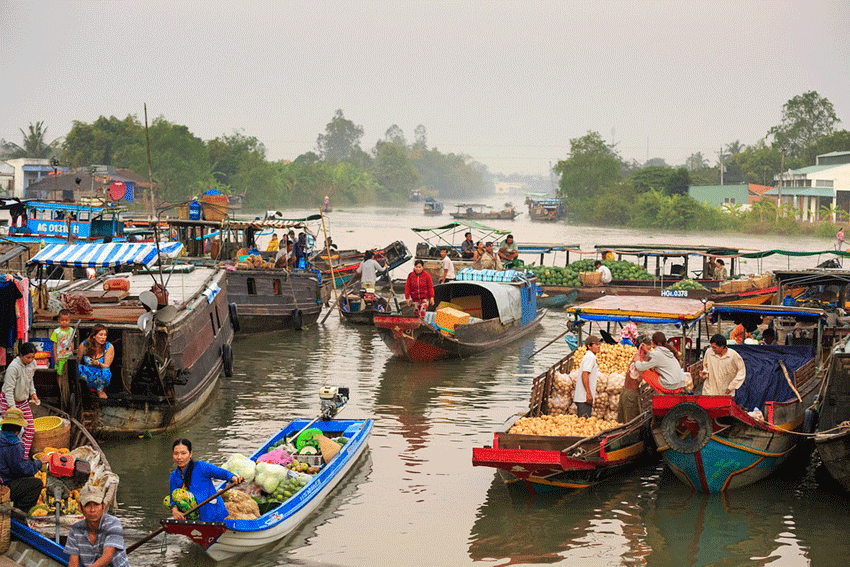
9) Cu Chi Tunnels
The tunnels of Củ Chi are an immense network of connecting underground tunnels located in the Củ Chi District of Ho Chi Minh City (Saigon), Vietnam, and are part of a much larger network of tunnels that underlie much of the country. The Củ Chi tunnels were the location of several military campaigns during the Vietnam War, and were the Viet Cong’s base of operations for the Tết Offensive in 1968.
The tunnels were used by Viet Cong soldiers as hiding spots during combat, as well as serving as communication and supply routes, hospitals, food and weapon caches and living quarters for numerous North Vietnamese fighters. The tunnel systems were of great importance to the Viet Cong in their resistance to American forces, and helped to counter the growing American military effort.
An absolutely fascinating experience for all travelers. There are two short sections of the network can be visited with a guide who’ll take you down into the narrow unlit confines, which definitely are not for claustrophobia sufferers. You will literally be crawling on your hands and knees and some points. You can access the tunnels at either Ben Dinh village (the more popular choice) or Ben Duoc village.
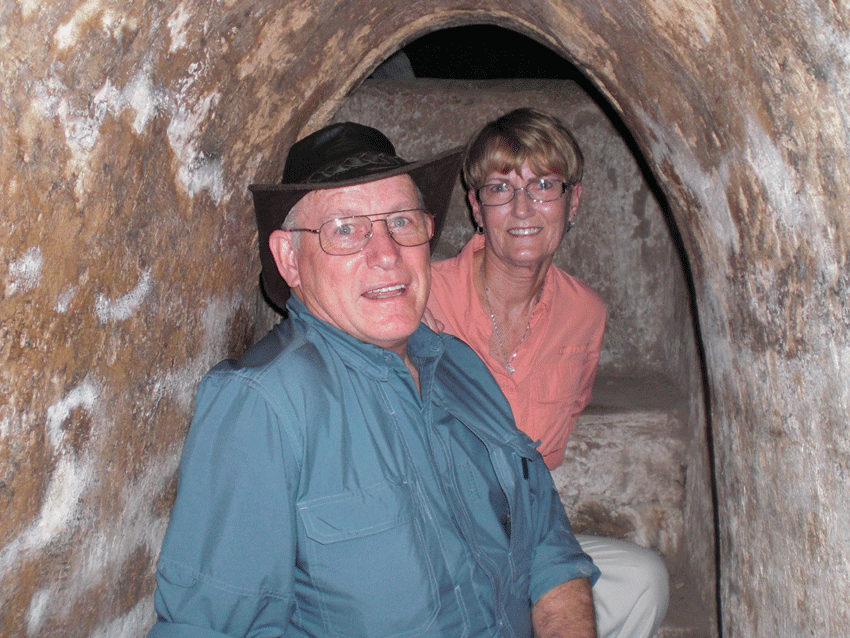
10) Phu Quoc island
Phú Quốc (Vietnamese: [fǔ wək]),[1] is the largest island in Vietnam. Phú Quốc and nearby islands, along with distant Thổ Chu Islands, is part of Kiên Giang Province as Phú Quốc District, the island has a total area of 574 square kilometres (222 sq mi) and a permanent population of approximately 103,000.[2] Located in the Gulf of Thailand, the district of Phú Quốc includes the island proper and 21 smaller islets. Dương Đông town, is located on the west coast, and is also the administrative and largest town on the island. The other township is An Thoi on the southern tip of the island.
Fringed with white-sand beaches and with large tracts still cloaked in dense tropical jungle, Phu Quoc rapidly morphed from a sleepy island backwater to a must-visit beach escape for Western expats and sun-seeking tourists. Beyond the resorts lining Long Beach, rapid development beginning on the east coast and mega resorts in sight of Sao Beach, there’s still ample room for exploration and escaping the sometimes littered waters. Dive the reefs, kayak in the bays, eat up the back-road kilometres on a motorbike or just lounge on the beach, followed by a massage and a fresh seafood dinner.
